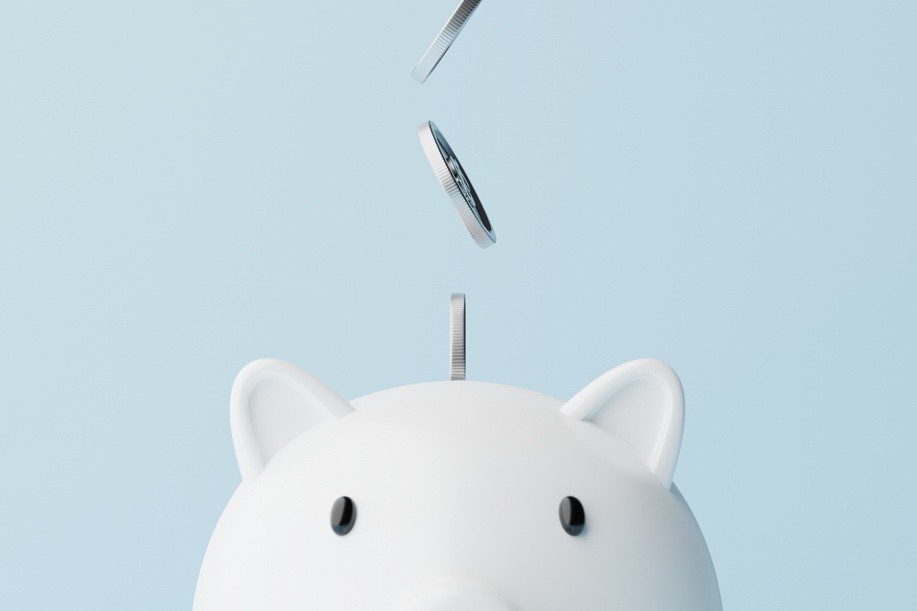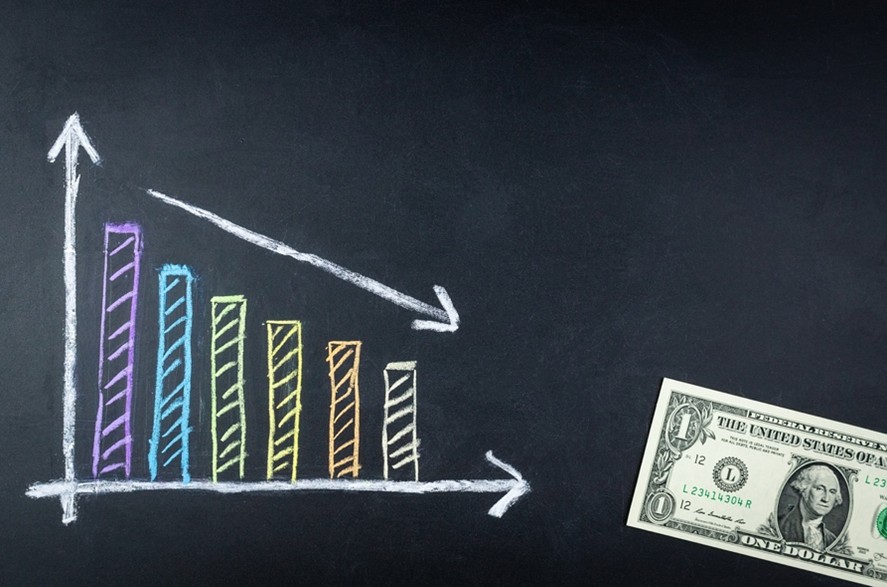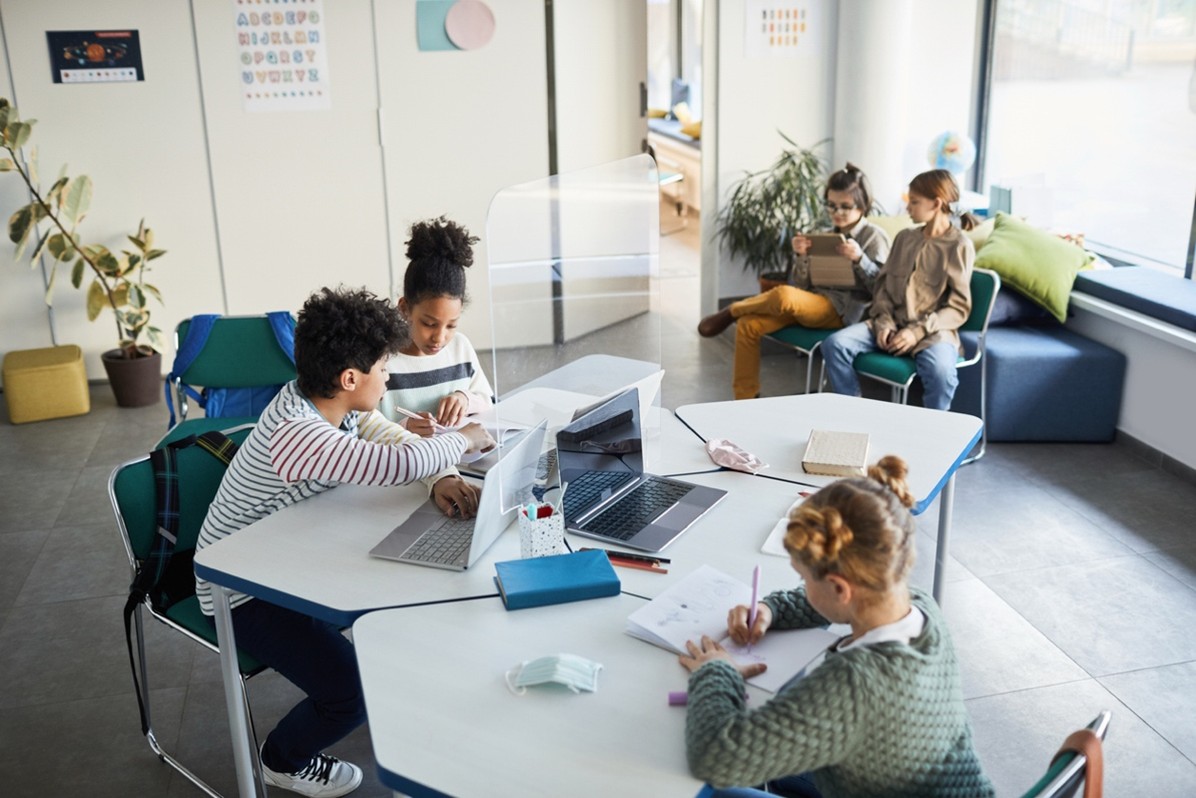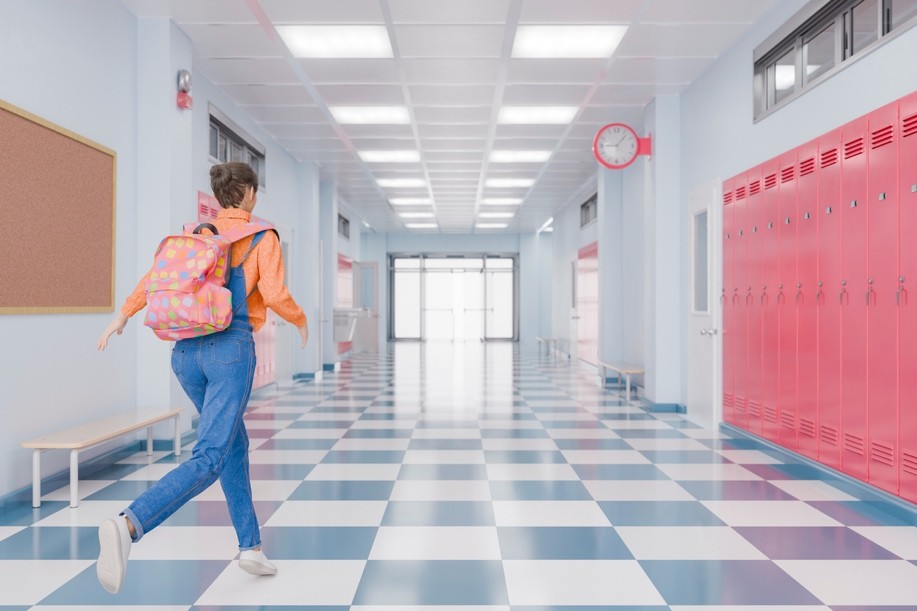Green procurement strategies in schools can reduce operational costs by up to 20%, significantly lower the carbon footprint, and improve student health outcomes. As superintendents and procurement professionals strive to meet their districts’ environmental goals, the challenge often lies in finding green options that are both effective and competitively priced.

A great deal has changed in the pricing of green options for schools in the past ten years, but while some eco-friendly products and solutions have become much more cost-effective, others remain financially out of reach. This article explores which green procurement options are currently priced competitively and which are still considered too expensive and offers effective strategies to pursue green procurement.
Cost-Effective Green Procurement Options
Green procurement involves selecting products and services with minimal negative environmental impacts throughout their life cycle. Below are five cost-effective green procurement options that can help organizations achieve their sustainability goals while realizing financial benefits.

1. Solar Panels
One of the most notable success stories in green procurement is the adoption of solar panels. A typical 50 kW solar panel system can offset around 50 metric tons of CO2 annually, equivalent to planting over 1,200 trees yearly. Initially considered a costly investment, solar energy systems have become increasingly affordable due to technological advancements and government incentives.
The return on investment (ROI) for solar panels is significant. The average payback period for solar panel installations in schools is approximately 5-7 years, with an ROI of over 20% annually due to energy savings and government incentives. Schools that install solar panels can save up to 75% on their electricity bills, reducing long-term energy costs and hedging against fluctuating utility rates, making them a worthwhile investment for many institutions. Use a Solar Calculator to estimate the savings for your school.
2. Green Cleaning Supplies
The market for green cleaning supplies has expanded significantly, leading to increased competition and more affordable prices. Many environmentally friendly cleaning products are now priced competitively with their traditional counterparts. These products, which often contain fewer harsh chemicals, are better for the environment and safer for staff and students. Adopting green cleaning supplies can improve indoor air quality and reduce health risks associated with chemical exposure, providing both financial and wellness benefits.
Many companies claim that their products are environmentally friendly, but Green Seal is a non-profit that provides a directory of green-certified products. Check out the directory before choosing your next cleaning products.
3. Energy Efficient LED Lighting
LED lighting has become a mainstream choice for energy efficiency. The initial higher cost of LED bulbs is offset by their longer lifespan and lower energy consumption than traditional incandescent or fluorescent bulbs. Retrofitting with LED lighting can reduce energy consumption by up to 75%.
The longer lifespan of LEDs also reduces maintenance costs, resulting in an overall savings of up to 60% on lighting expenses. Government rebates and incentives further enhance the cost-effectiveness of this green option, and what’s more, switching to LED lighting can cut carbon emissions by 1.5 tons per year for each 100-watt incandescent bulb replaced.
4. Recycled Paper Products
Recycled paper products, including office paper, tissues, and paper towels, are now more affordable than ever. Advances in recycling technology and increased demand have driven down prices of these products, making them up to 25% cheaper than virgin paper in bulk purchases and a viable option for schools and offices.
Using one ton of recycled paper can save 17 trees and 7,000 gallons of water and reduce greenhouse gas emissions by one metric ton of CO2, aligning the use of recycled paper products with broader sustainability goals without significantly impacting the budget.
5. Programmable Thermostats
Schools that install programmable thermostats can reduce their heating and cooling costs by up to 10-15%, resulting in annual savings of thousands of dollars depending on the size of the facility. These devices allow schools to automatically adjust temperatures during off-hours, reducing energy consumption and utility costs without sacrificing comfort during school hours. Optimizing temperature settings with programmable thermostats can reduce energy use and lower CO2 emissions by up to 1.2 tons per year per building.
Green Procurement Options That Remain Expensive
While green procurement is essential for fostering a sustainable future, not all eco-friendly options are budget-friendly. Some green procurement choices come with higher upfront costs due to the specialized materials, advanced technologies, or lower economies of scale involved.
Here are five green procurement options that remain expensive but that despite their higher costs can offer significant sustainability advantages over time.

1. Electric Vehicles (EVs)
While electric vehicles (EVs) offer long-term environmental benefits and lower operating costs, the initial purchase price of electric school buses remains a significant barrier for many school districts. Although prices have decreased, EVs are generally more expensive upfront than traditional gasoline-powered vehicles. However, considering the total cost of ownership, including fuel savings and lower maintenance costs, EVs can be a strategic long-term investment for some organizations.
2. Advanced HVAC Systems
High-efficiency HVAC systems, including geothermal and variable refrigerant flow (VRF) systems, are excellent for reducing energy consumption and improving indoor air quality. However, the installation costs for these advanced systems are often prohibitive. Despite potential energy savings and enhanced comfort, the substantial initial investment can be a deterrent for many organizations. Grants and funding opportunities can help offset these costs, but they are not always readily available.
3. Green Building Materials
Eco-friendly building materials, such as bamboo flooring, reclaimed wood, and low-VOC (volatile organic compounds) paints, offer significant environmental benefits but often with a higher price tag. While these materials contribute to healthier indoor environments and reduce environmental impact, their cost can be a limiting factor in widespread adoption. Procurement professionals must weigh the benefits against the budget constraints to determine the feasibility of incorporating these materials into construction and renovation projects.
4. Organic Food for Cafeterias
Providing organic food options in school cafeterias supports sustainable agriculture and offers healthier choices for students. Organic foods are grown without synthetic pesticides, herbicides, or genetically modified organisms (GMOs), promoting better soil health and biodiversity, and lowering environmental impact. This involves more labor-intensive practices and often yields lower outputs than conventional farming. These factors contribute to higher prices, making organic food a costly option for schools with tight budgets. Despite the financial challenges, investing in organic food can have long-term health and environmental benefits, potentially reducing healthcare costs and fostering a more sustainable future.
5. Greenwashed School Supplies
Products marketed as “green” or “natural” without any verifiable certifications or evidence often fall into the category of greenwashing. These items might not offer any real environmental benefits and can mislead consumers into thinking they are making sustainable choices. Greenwashed school supplies can include items like paper, pens, and notebooks that claim to be eco-friendly but lack substantiation for their claims. Such products can perpetuate wasteful practices and detract from genuine sustainability efforts. To avoid greenwashing, look for credible certifications from recognized organizations, such as the Forest Stewardship Council (FSC) for paper products or Cradle to Cradle for various other materials, or use the Green Seal Directory. These certifications ensure the products meet specific environmental standards and help schools make truly sustainable choices.
Strategies for Cost-Effective Green Procurement
To address the financial challenges of green procurement, superintendents and procurement professionals can adopt several strategies:
-
Leverage Incentives and Rebates: Take advantage of government incentives, rebates, and grants that can offset the cost of green products and technologies. These financial aids can make a significant difference in the affordability of sustainable options. The Database of State Incentives for Renewables & Efficiency can be useful in locating incentives, rebates, and grants.
-
Bulk Purchasing and Cooperative Contracts: Consider bulk purchasing agreements or joining cooperative purchasing groups to secure better pricing for green products. Collaborative procurement can lead to cost savings and improved access to sustainable options.
-
Lifecycle Cost Analysis: Evaluate the total cost of ownership, including initial costs, maintenance, and operational savings. A lifecycle cost analysis can reveal the long-term financial benefits of green procurement options that may initially appear more expensive.
-
Pilot Programs and Phased Implementation: Start with pilot programs or phased implementation of green technologies to spread out the costs and assess their effectiveness before committing to large-scale implementation.
-
Supplier Engagement: Work closely with suppliers to explore cost-effective green alternatives and negotiate favorable terms. Building strong relationships with suppliers can lead to better pricing and access to innovative sustainable products.
The push for sustainability in procurement is driving significant changes in how superintendents and procurement professionals approach their purchasing decisions. Embracing green procurement in K-12 schools offers benefits far beyond immediate cost savings. Schools can significantly reduce their environmental impact, promoting cleaner air and healthier ecosystems. These green choices also contribute to improved indoor air quality, enhancing the health and well-being of students and staff. As educational institutions play a crucial role in shaping future generations, adopting green procurement practices sets a positive example and ultimately contributes to a greener and more sustainable future learning environment.
This article is based, in part, on the following:
- EnergySage – Solar Panel Savings
- EPA – Green Power Equivalency Calculator
- Green Seal – Benefits of Green Cleaning
- EPA – Safer Choice
- Environmental Working Group – Health Benefits of Green Cleaning
- Energy.gov – LED Lighting
- DLC – DesignLights Consortium
- Department of Energy – LED Benefits
- EPA – Comprehensive Procurement Guidelines
- FSC – Environmental Benefits of Recycled Paper
- Energy.gov – Thermostats and Controls








